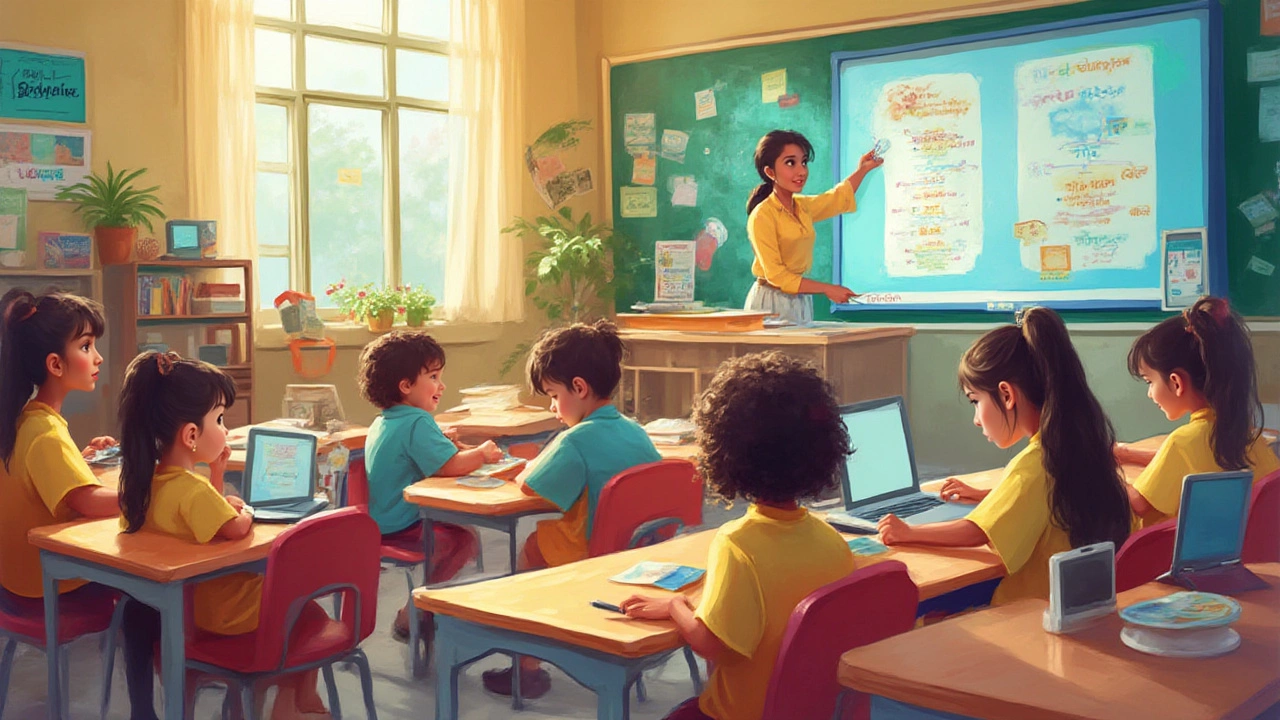Blended Learning – The Smart Way to Study
Ever wonder why some students seem to ace their courses while others struggle? A big part of the answer is the mix of online tools and face‑to‑face sessions. That mix is called blended learning, and it lets you grab the convenience of eLearning while still getting the personal touch of a classroom.
Think of it like a smoothie: you blend the best ingredients – videos, quizzes, live discussions, and hands‑on projects – into one drink that’s easier to swallow. You don’t have to choose between “all‑online” or “all‑offline.” Instead, you get the flexibility to study whenever you want, plus the chance to ask questions in real time.
Why Blended Learning Works
First, it matches how our brains actually learn. When you watch a short video, you get a visual overview. Later, a live class lets you dig deeper, ask questions, and see examples. This back‑and‑forth reinforces memory and makes concepts click faster.
Second, it saves time. You can watch lectures on the bus, then spend classroom minutes on group work or labs that need hands‑on practice. That means less idle time and more focused learning.Third, it builds tech confidence. Using platforms like Coursera or Google Classroom gets you comfortable with digital tools – a skill that’s useful far beyond school.
Finally, blended models adapt to different learning styles. Visual learners love videos, while social learners thrive in discussions. By offering both, you cover more ground and keep students engaged.
Top Articles on Blended Learning
Want to explore the topic deeper? Here are some of our most read posts that tie straight into blended learning concepts:
- Distance Learning vs Classroom: Which Is Better for Effective Education? – A side‑by‑side comparison that helps you decide when to go fully online or stick to the campus.
- What Is eLearning Called? Names, Synonyms, and When to Use Each (2025 Guide) – Clears up the jargon so you know exactly what tools fit into a blended plan.
- Top eLearning Platforms With Real Examples Explained – Reviews platforms you can plug into your hybrid courses, from Coursera to niche LMS.
- Most Used Online Class Platforms: Which E‑Learning Platform Leads in 2025? – Shows which platforms teachers trust for live and recorded content.
- What is Replacing SCORM? Modern Alternatives for E‑Learning Platforms – Explains new tech standards that make blended content more interactive.
Each article gives you actionable tips, real‑world examples, and quick checklists you can apply today.
To start building your own blended study routine, pick one topic you’re struggling with, find a short video or MOOC on it, and schedule a 30‑minute live session with a friend or tutor to discuss. That simple loop of watch‑then‑talk mirrors the most effective blended models.
Remember, blended learning isn’t a one‑size‑fits‑all formula. Adjust the ratio of online to offline time based on your schedule, the subject, and how you learn best. The goal is to keep momentum, stay curious, and use technology as a boost rather than a crutch.
Ready to give it a try? Grab one of the articles above, set up a study plan, and watch your results improve faster than you’d expect.
- July
4
2025 - 5
Top eLearning Models Explained: Guide to Modern Online Education
A straightforward, detailed dive into the 5 most popular eLearning models, how they shape modern education, and tips for choosing the right method.
Read More